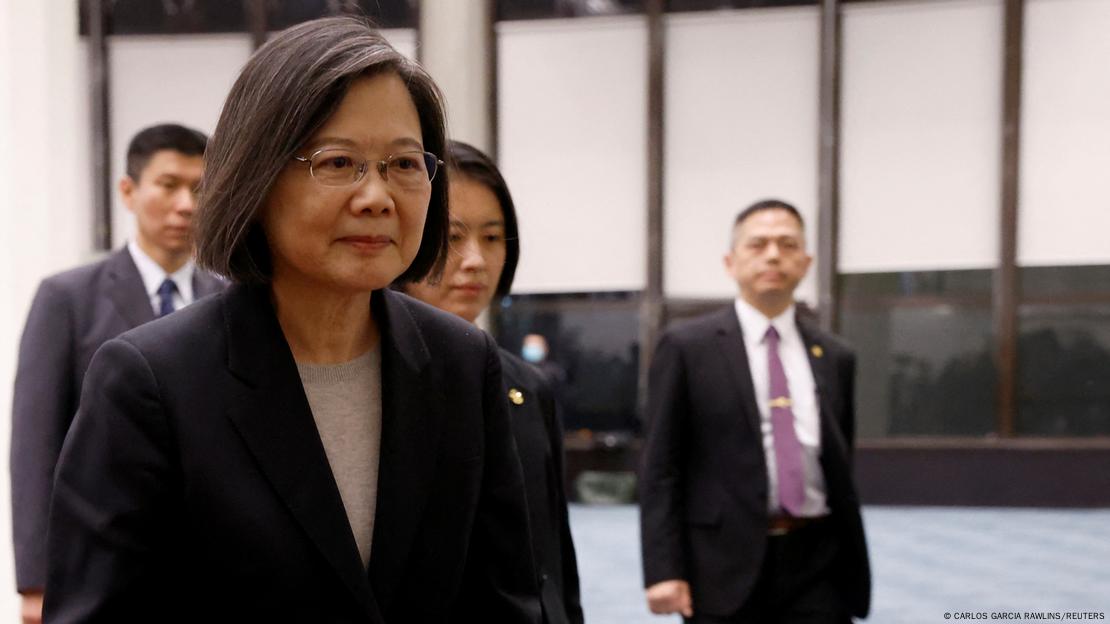When Elon Musk’s ‘flying sofas’ give Ukraine internet access, we can’t sit comfortably
John Naughton
Sat, 2 September 2023

Photograph: Malcolm Denemark/AP
In February 2022, as Russian tanks rumbled into Ukraine, a cyber-attack took down the satellite system run by Viasat that was providing high-speed communications for Ukrainian military forces, rendering them instantly blind, deaf and dumb. With his forces knocked offline, the Ukrainian digital minister sent a plea to an American billionaire, one Elon Musk, for help. Within hours, Musk responded that his Starlink system had been activated in Ukraine. Days later Starlink terminals began to arrive.
Pause for context update. Musk is the founder and Supreme Leader of SpaceX, an innovative firm that has found a way of building reusable heavy rockets that can launch cargo into Earth orbit and safely return ready to be used again, which is a very big deal, and probably why Nasa has become one of its regular customers. In 2019, SpaceX started launching smallish – “sofa-sized”, according to the New York Times – communications satellites into low-Earth orbit with the aim of eventually providing a global mobile phone system called Starlink. Thus far, it has mostly been providing internet connectivity to 60 countries via about 4,500 satellites, but it’s said that Musk plans to have 42,000 of them up there eventually, which is an awful lot of flying sofas.
The service is available in the UK, by the way. So if you live in a remote part of the Highlands and have given up hope of ever getting a terrestrial broadband connection from BT, Musk could come to your aid. The necessary terminal costs £499 and you can get 100Mbps download speeds with low latency for £75 a month. Or so the website says.
At the moment, there are something like 42,000 Starlink terminals in Ukraine – in use by the country’s armed forces, hospitals, businesses and aid organisations. The service has clearly been vital to the war effort. It has given Ukrainian forces a major advantage over their adversary – sometimes reducing the time from finding an artillery target to hitting it from 20 minutes to two. “Without Starlink, we cannot fly, we cannot communicate,” one Ukrainian commander told the New York Times. “The huge number of lives that Starlink has helped save can be measured in the thousands,” Mykhailo Fedorov, a deputy prime minister, told the paper. “This is one of the fundamental components of our success.”
I’m sure it is, but complacency would be unwise, for there is one unknown variable in this fraught equation: Elon Musk, who is famously erratic, volatile and occasionally incomprehensible. He’s in total control of the Starlink service and reportedly has used that power to determine where and how Ukrainian forces can use it. The New York Times reports, for example, that he refused their request last year to provide Starlink access near Crimea, the Russian-controlled peninsula, so it could send an explosive-filled maritime drone into Russian ships docked in the Black Sea. He later said that Starlink could not be used for long-range drone strikes, and proposed a fatuous “peace plan” that included acceptance of Russia annexing parts of Ukraine, and suggested in a newspaper interview that China could be appeased if it were given partial control of Taiwan – which might have something to do with the fact that half of all Tesla cars are now made in Shanghai, and that Xi Jinping is a supporter of Putin’s current expansionist venture into a territory that he regards as rightfully Russia’s.
So here we have an eccentric billionaire with several conflicts of interest playing a vital role in a major terrestrial war with no obvious end in sight. And the funny thing is that this might be just a dummy run for the next geopolitical conflict zone – space – and in particular the zone of low-Earth orbit, in which Musk already owns more than half of all the operational satellites up there and has plans to increase his stake ten-fold. Which makes one wonder if he’s been reading Robert Heinlein’s observation that “Once you’re in Earth orbit, you’re halfway to anywhere.” Including, perhaps, out of your depth.











 Hong Kong's top court will decide on Tuesday if the city will recognise same-sex marriages © Philip FONG / AFP
Hong Kong's top court will decide on Tuesday if the city will recognise same-sex marriages © Philip FONG / AFP


 It is interesting to note the way the value of the cars will be ascertained. The Customs Department will be tasked to evaluate the authentic import value of such cars, which will then be used to calculate the applicable customs duty, federal excise duty (FED) and sales tax. For completely built-up (CBU) and locally assembled cars, with engine capacities above 2001cc, the total invoice value (inclusive of all taxes and duties) will be used to impose the fixed tax regime for all three categories of passenger cars respectively. This step has effectively increased the price of passenger cars in these categories from Rs 300,000 to Rs 1.7 million at a single stroke and is already reflected in passenger car prices in July 2023.
It is interesting to note the way the value of the cars will be ascertained. The Customs Department will be tasked to evaluate the authentic import value of such cars, which will then be used to calculate the applicable customs duty, federal excise duty (FED) and sales tax. For completely built-up (CBU) and locally assembled cars, with engine capacities above 2001cc, the total invoice value (inclusive of all taxes and duties) will be used to impose the fixed tax regime for all three categories of passenger cars respectively. This step has effectively increased the price of passenger cars in these categories from Rs 300,000 to Rs 1.7 million at a single stroke and is already reflected in passenger car prices in July 2023.